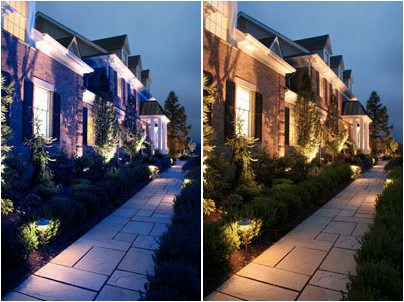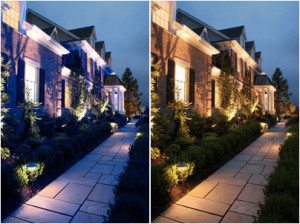
What is Color Temperature?
Light, in it’s most basic form, has many characteristics that are each described in their own way. Features such as intensity, hardness or softness, angle, and even movement play a huge role in how our eyes interpret what we see. These different qualities of light can even affect our mood and emotional response to the world around us. Another important quality of the light we see every day is color. Of course, bold lighting colors are often used in the entertainment industry to create mood, excitement, or spectacle. However, all of us encounter more subtle, but equally important color variations in our everyday lives. These variations, from the warmth of firelight, to the bright white of noonday sun, to the the cool tint of moonlight filtering through the trees are known as Color Temperature.

Warmer White Lighting: Preferred in dining and living areas inside the home to give a relaxing environment. Warmer earth tones such as stone and wood work often look best when bathed in warm white light. .
Natural White Lighting: Ideal in areas where detailed lighting is required like kitchens and bathrooms.
Daylight White Lighting: This is great lighting for stores and office space because it tends to keep occupants alert.
Cool White Lighting: Often used in hospitals, garages, and industrial locations because it is seen as cooler, clean lighting.
In the lighting industry, many techniques are used to create just the right color temperature for the space. Fluorescent lighting naturally produces a cool white light. This is why most offices, hospitals, and large retail locations tend to rely heavily on fluorescent fixtures for a majority of their lighting. However, that same office building that uses florescent fixtures in their cubicle farm will often employ warmer, incandescent lighting in their lobby and reception areas. Warm lighting tends to put people at ease and may make that hour wait seem to go by just a little faster.
When thinking of outdoor lighting, professional lighting designers take great care to select just the right color temperature for the area or surface being lit. As mentioned earlier, when lighting natural surfaces such as stone, wood, or even brick, warmer light is often the best choice. However, when our goal is to recreate the ambiance and romance that a full moon brings (see Moonlighting) we will utilize light with a much bluer color temperature. This is because at very low light levels the human eye can no longer perceive the color red but can still perceive blues and greens. This phenomenon is known as the Purkinje Effect, named after19th century physiologist Johannes Purkinje.
New LED light fixtures give the professional designer a myriad of options when selecting just the right color temperature no matter what the desired outcome. From welcoming, cheerful warm lighting to bright while cool lights that are mysterious and dim, the choices are endless. Couple these with all of the other qualities of light and almost any mood or effect imaginable can be created. As always, if you have any questions about color temperatures and lighting design just call Creative Outdoor Lighting- we are happy to help with any of your outdoor lighting needs!



Sorry, the comment form is closed at this time.